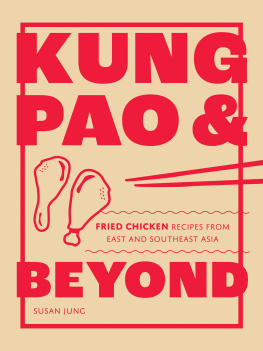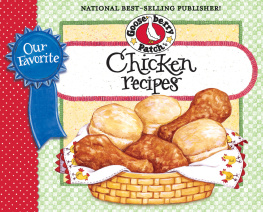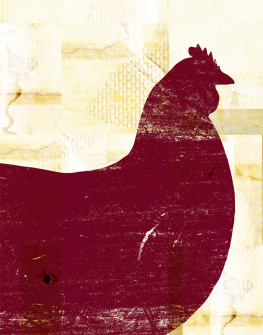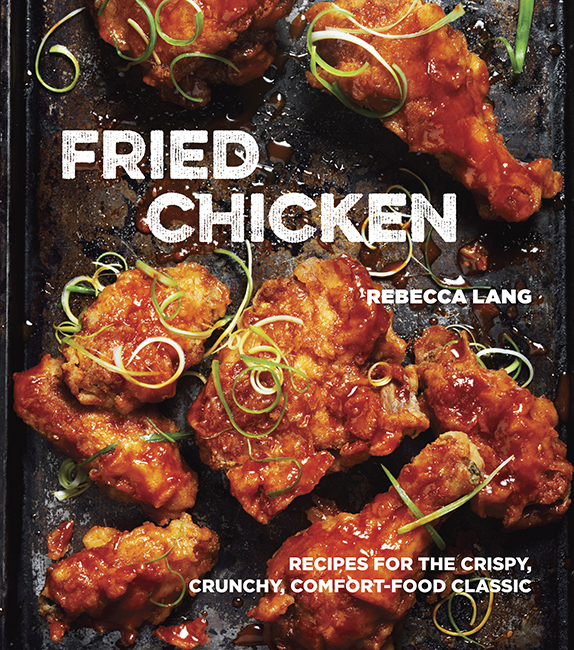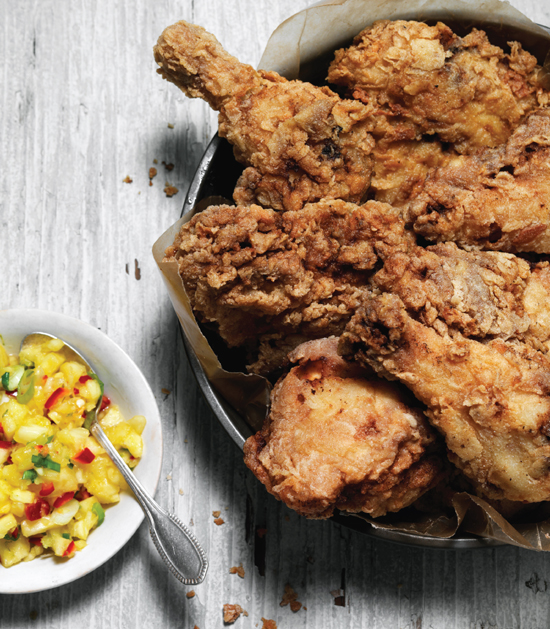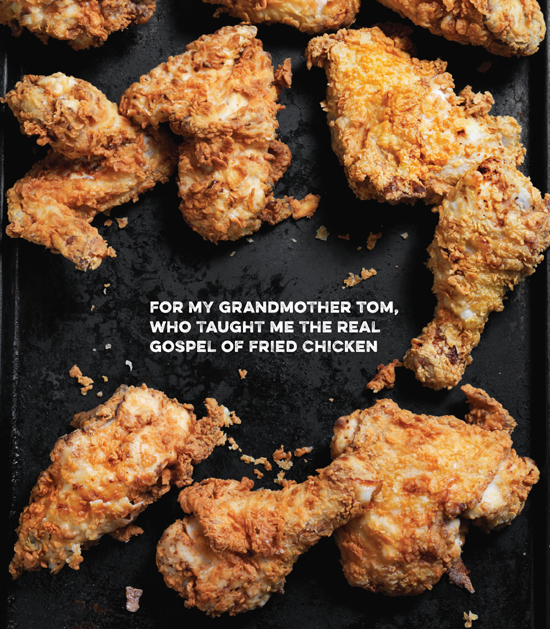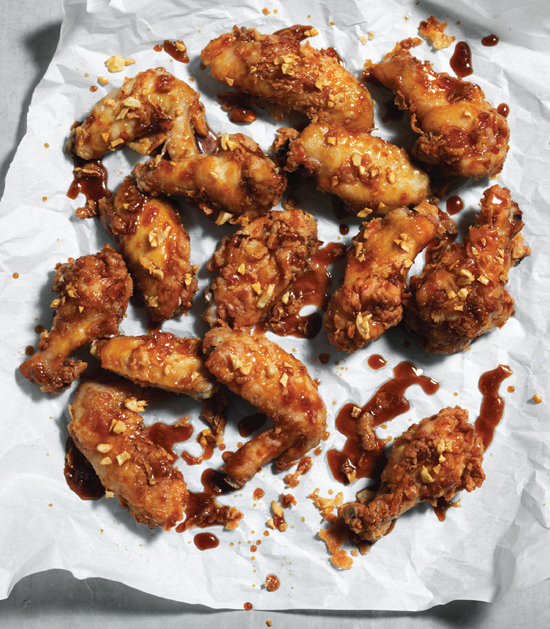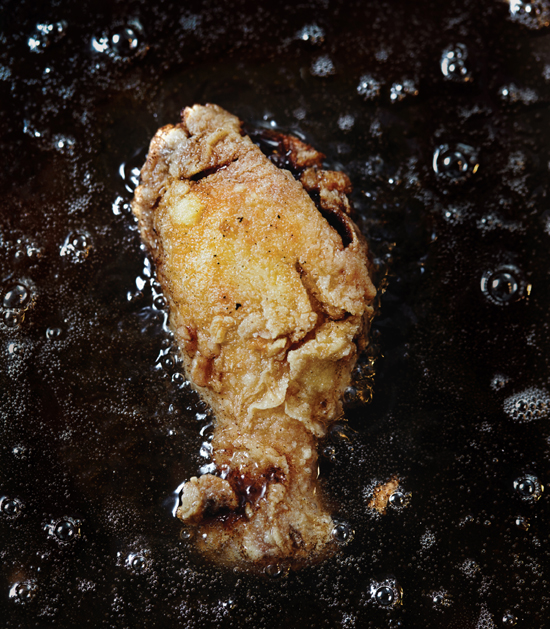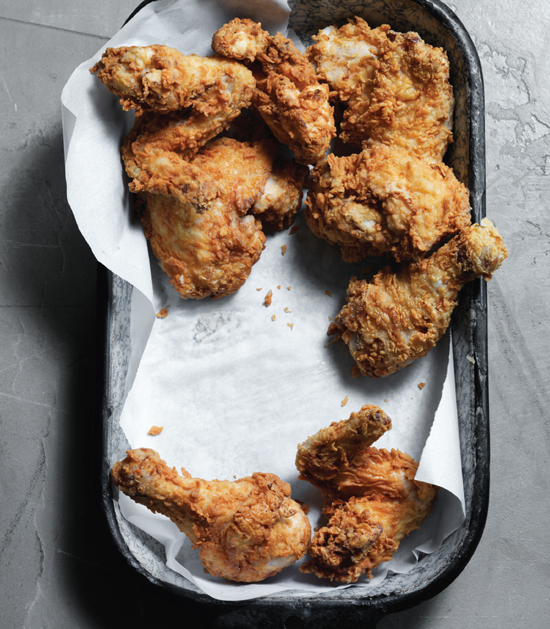Other books by Rebecca Lang
Southern Entertaining for a New Generation
Mary Macs Tea Room
Quick-Fix Southern
Around the Southern Table
Copyright 2015 by Rebecca Lang
Photographs copyright 2015 by John Lee
All rights reserved.
Published in the United States by Ten Speed Press, an imprint of the Crown Publishing Group, a division of Random House LLC, a Penguin Random House Company, New York.
www.crownpublishing.com
www.tenspeed.com
Ten Speed Press and the Ten Speed Press colophon are registered trademarks of Random House LLC.
Library of Congress Cataloging-in-Publication Data
Lang, Rebecca D., 1976
Fried chicken : recipes for the crispy, crunchy, comfort-food classic / Rebecca Lang ; photography by John Lee. First edition.
pages cm
Includes bibliographical references and index.
1. Cooking (Chicken) 2. Fried food. I. Lee, John (Photographer) II. Title.
TX750.5.C45L36 2015
641.665dc23
2014042276
Hardcover ISBN: 978-1-60774-724-6
eBook ISBN: 978-1-60774-725-3
Design by Ashley Lima
Food Styling by Lillian Kang
Prop Styling by Ethel Brennan
v3.1
INTRODUCTION
Ask ten different people to brainstorm on the phrase fried chicken, and youll get ten different answers. Fried chicken can be comforting or decadent, nostalgic or exhilarating, an everyday staple or special-occasion fare. It can be classic, edgy, spicy, soothing, festive, homespun, extravagant, thriftyand many things in between. Very few foods are deserving of such wide-ranging and emotional descriptions.
For one thing, nearly everyone has experienced fried chicken at some point in his or her life. Fried chicken is universalserved in almost every country around the globe. Each culture has its own spin on the basic equationtake poultry, fry it in fat until golden and succulentwhich means there are countless recipe variations from which to choose.
For me, no food elicits such happy memories as golden, crispy, tender, juicy fried chicken. I grew up in the American South, and in my family, fried chicken was considered a staple, not excess. It wasnt a Sunday if my grandmother Toms perfectly crisped chicken was not already on the table when we got to her house for our midday meal. It was her cast-iron skillet filled with fried chicken that first taught me how comfort and love could be tasted and shared without saying a word.
For anyone who calls the South homeor even those who merely stopped by for a visitfried chicken is transporting. It immediately delivers a sense of home, no matter where you eat it. That said, Southerners certainly werent the first to fry chicken. Name a country and very likely fried chicken is part of its cuisine. Im convinced I could fry for a lifetime and still discover new ways to prepare fried chicken, one of the worlds favorite foods. Its a crunchy and comforting journey, no matter where you choose to start.
THE STORY OF FRIED CHICKEN
Food historians have demonstrated that fried chicken appears in several ancient cuisines from around the world. It seems that as long as chickens have existed, someone was ready to fry them. Though the exact origins of the domesticated chicken are still debated, many historians trace its lineage back thousands and thousands of years. And there are plenty of centuries-old fried chicken traditions, most notably from China, India, the Middle East, Italy, France, and Spain. In other words, fried chicken has been around since long before we started enjoying it in America.
The South undoubtedly has the strongest fried chicken tradition in the United States. Raising chickens was inexpensive and there was no shortage of rendered fat, so fried chicken was naturally found on Southern tables, even in the toughest of times. It was during the nineteenth century that fried chicken was established as a staple on tables across the South.
But even as a staple, the preparation of chicken evolved. Younger birds were used, deep frying became a popular cooking method, and slaves who cooked in Southern kitchens added wonderful spices like curry, which had not been common in the South before the slaves arrival.
Today, fried chicken still holds its own, seemingly impervious to new cooking fads and food trends. Sure, there are plenty of upscale restaurants doing dressed-up versions of the dishbut there are just as many down-home establishments cooking fried chicken the classic and simple way like I remember it from Toms table. I love that there are families like mine where fried chicken is a weekly occurrence.
I am a firm believer that fried chicken is here to stay. It is timeless, and a favorite in kitchens around the world. Living, breathing, and eating all things fried chicken to create the recipes in these pages would not only make my grandmother Tom proud, but the process has also opened my eyes and my table to a new realm of the worlds favorite food. My hope is that youll also discover new and exciting flavor combinations, techniques, and serving ideas that will become regulars at your family table for years to come.
FRIED CHICKEN 101
Understanding the basics of frying chicken makes the process much easier and more fun. The information below will tell you everything you need to know to prepare the recipes in this bookfrom buying a bird to serving it on a plate.
SELECTING A CHICKEN AND WHY SIZE MATTERS
The first step to achieving great fried chicken is choosing the freshest bird you can find. I prefer chickens that are all-natural, antibiotic free, and American Humane Certified, such as Springer Mountain Farms chicken. These chickens are raised locallyat least locally for meso I know they are treated well and the flavor is superior. These chickens are water chilled, so no chemicals are used in cooling the meat, as can be the case with air-chilled chickens.
When choosing a chicken at the market, reading and understanding labels is easier said than done. Poultry labeling is sometimes vague and can take a bit of energy to decipher. All-natural technically means that the chicken was fed no artificial ingredients and was minimally processed. Poultry in the United States cannot be raised with hormones, so every American bird is hormone free. Free-range simply means that the chickens have had access to the outside, not necessarily that they ever went outside. Organic chickens must be fed organic diets with no genetically modified organisms (GMOs) or pesticides. Organic chickens can be given antibiotics in the first day of life and only later in life if medically necessary. They also must be given access to the outdoors.




